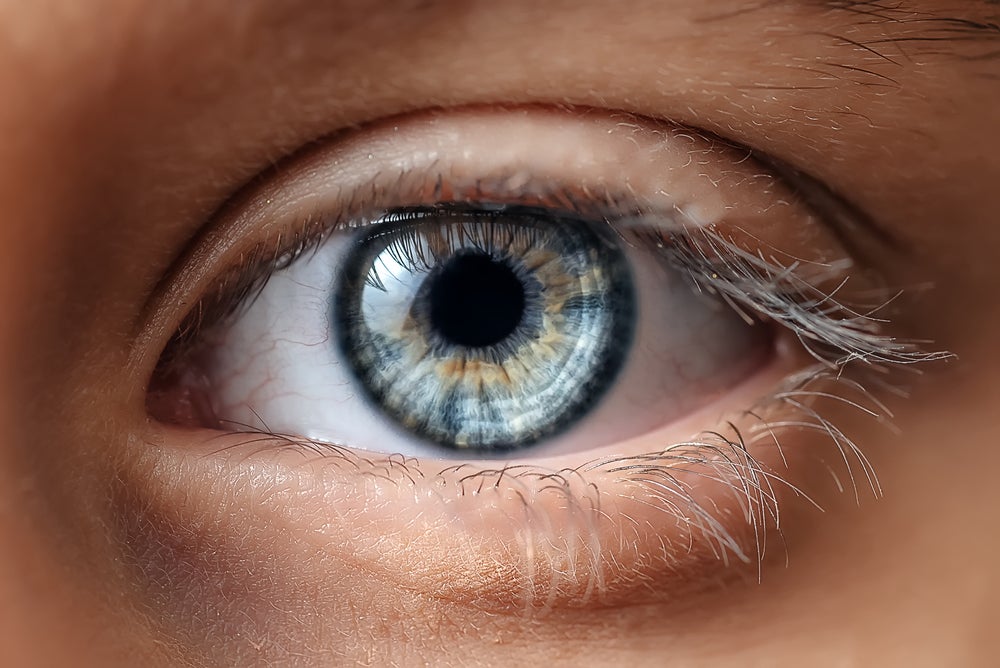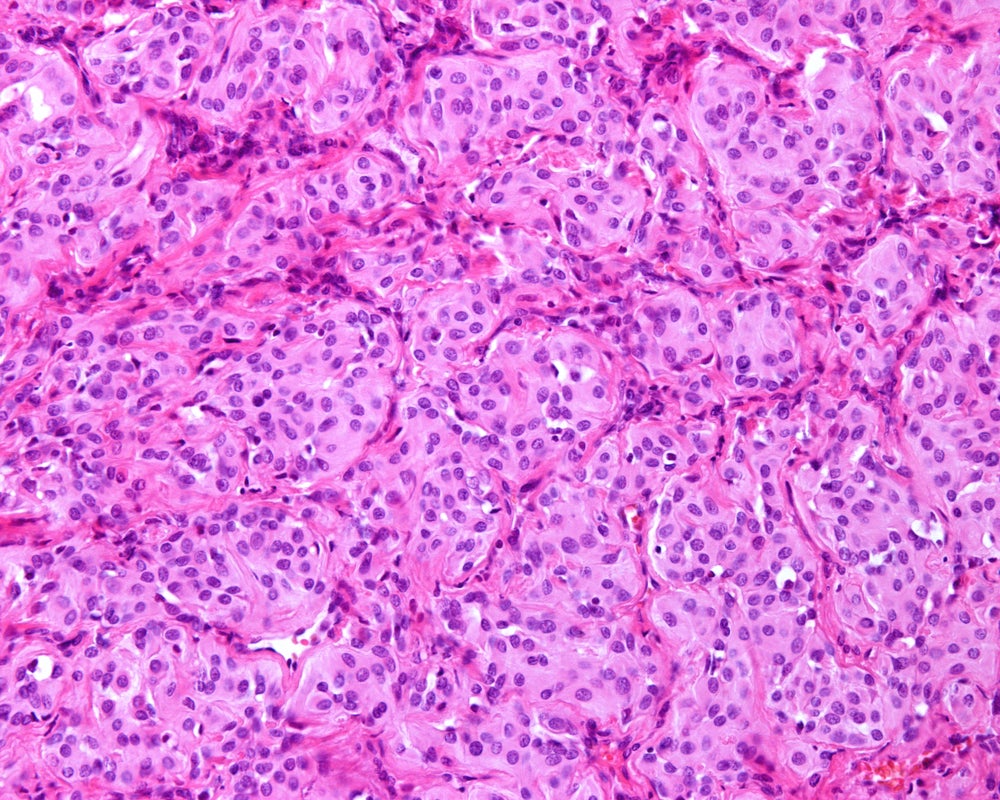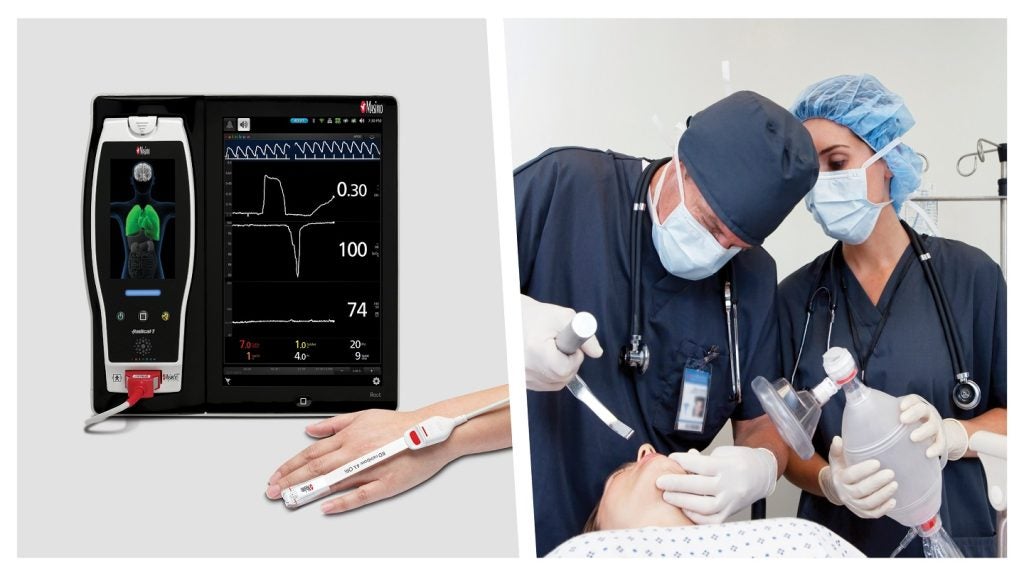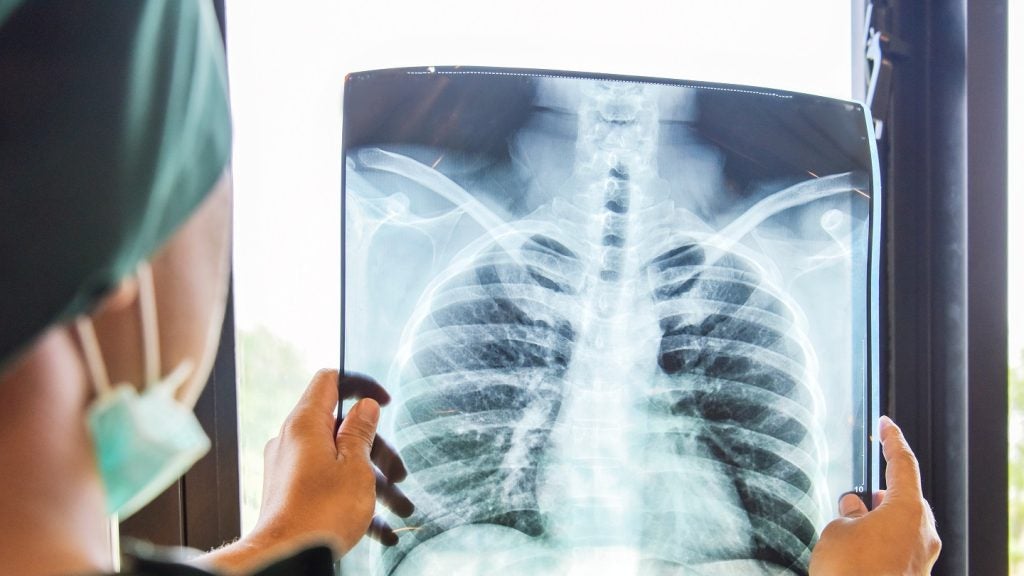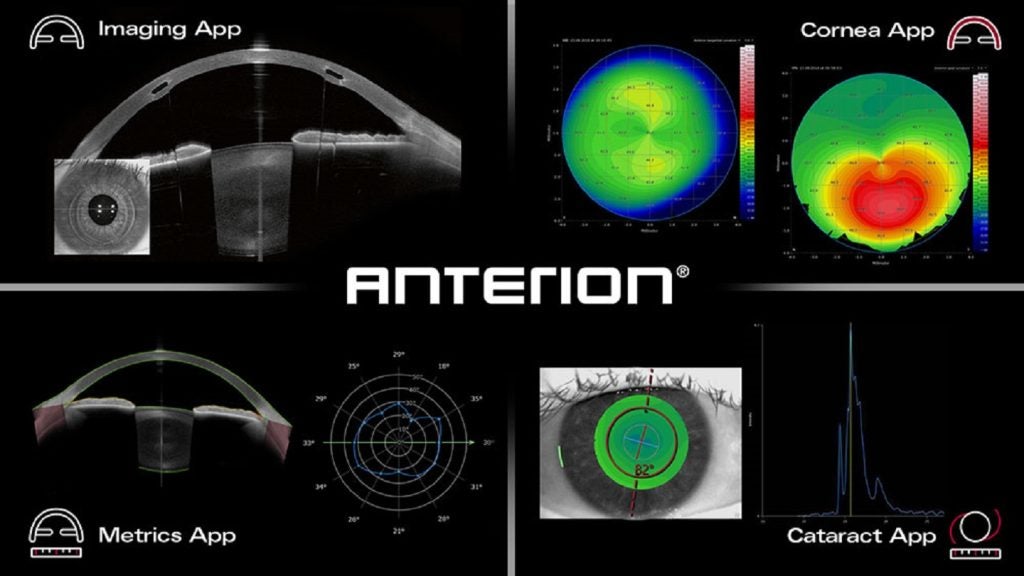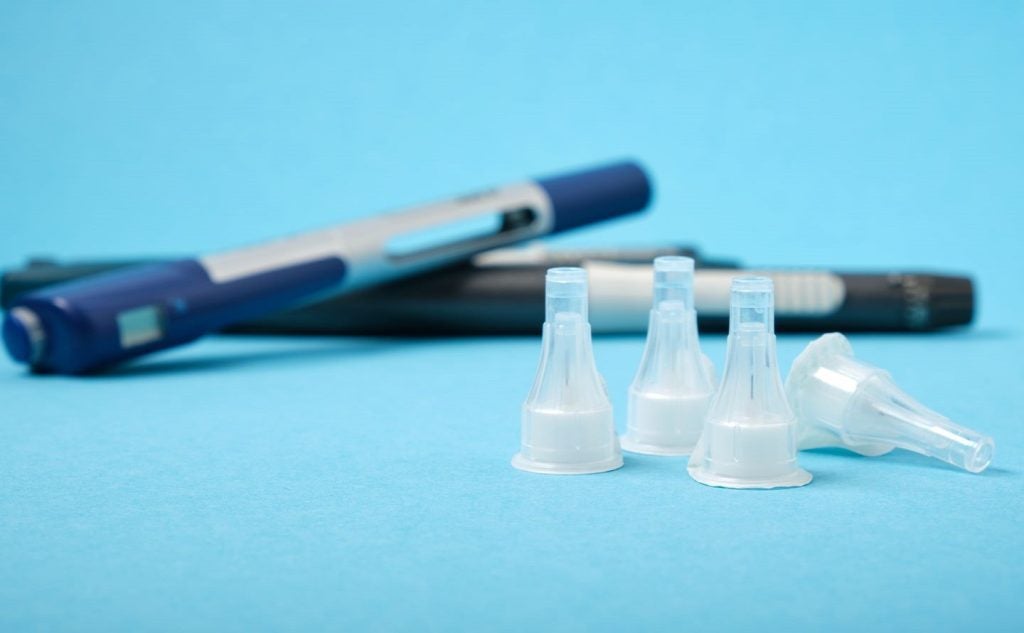Sight Sciences has unveiled data from a trial comparing its TearCare technology to Restasis prescription eyedrops in patients with dry eye disease.
The Phase I results, which were presented at the American Academy of Optometry’s annual meeting on 11–14 October in New Orleans, demonstrate that interventional eyelid procedures with TearCare technology were superior to Allergan (AbbVie's) Restasis eyedrops, which is the standard treatment for dry eye disease, as measured by the trial’s primary endpoint – improvement of tear break up time.
The TearCare system, which was cleared by the US Food and Drug Administration in December 2021, uses localised heat therapy via non-surgically affixed electrothermal devices. The procedure is used in conjunction with manual expression of the meibomian glands by blinking. The device is used for dry eye disease caused by meibomian gland dysfunction – one of the most common causes of the disease.
Patients who received TearCare treatments had an improved tear break up time of 1.5 seconds from baseline at one week. At six months, the improvement was 2.5 seconds.
The treatment group and control group had comparable improvements in patient reported outcomes measured by Ocular Surface Disease Index scores – the primary subjective endpoint.
Announcing the presentation in a 13 October press release, Sight Sciences also added that TearCare demonstrated superior results in assessments of the meibomian glands.
The prospective, randomised, masked, controlled trial (NCT04795752) is set to enrol 350 participants across sites in the US. In the Phase II portion of the study, subjects in the Restasis treatment group will stop taking the eyedrops and instead receive a TearCare-enabled procedure.
Participants will then be monitored for a further six months. Sight Sciences will also measure the durability of the treatment effect by giving patients in the TearCare cohort additional procedures where needed.


